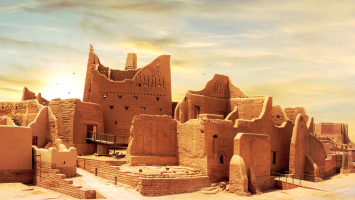Top 10 Most Beautiful Historical Sites in Hong Kong
Are you looking to explore the history of Hong Kong through the ages? There are a number of historical destinations in Hong Kong including the time-honored ... read more...buildings, monuments, palaces, and parks where you can learn about the glorious past of Hong Kong. The presence of these historical sites and museums will take you on a walk through Hong Kong ‘s rich history. If you are willing to have an in-depth historical information about Hong Kong, we recommend that you take a wonderful guided tour to cover the major historical attractions. Also, check the opening and closing time for each so that you can organize your time. Make sure that you go through the complete list of most beautiful historical sites in Hong Kong for a great trip!
-
Known as "The Venice of the Orient", Tai O hasn’t always been quite so glamorous. Once it was looming with piracy. In 1902, a police station was built under British colonial rule to guard the shore against bandits. The colonial edifice was constructed on a secluded headland abutting Shek Tsai Po Street in the west of the village, looking out towards the western Hong Kong waters.
A century later, the police station, still retaining its Chinese tiled roof, wooden casement windows, granite steps, French windows, and magnificent creamy arches, was turned into the boutique Tai O Heritage Hotel. Hotel guests can now enjoy the breathtaking sea view at Tai O Outlook while they enjoy the dishes made with local products––including shrimp paste and salted fish––after a day of adventure in the fishing village, where traditional tea cakes and herbal tea are still a favorite among both locals and visitors.
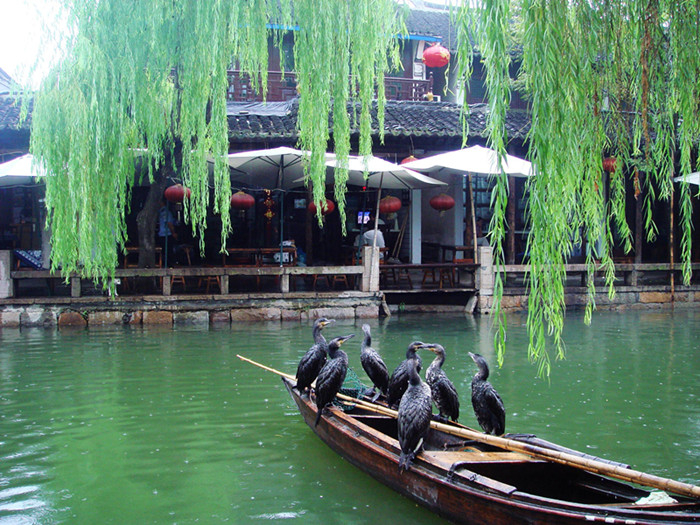
Dining Gift 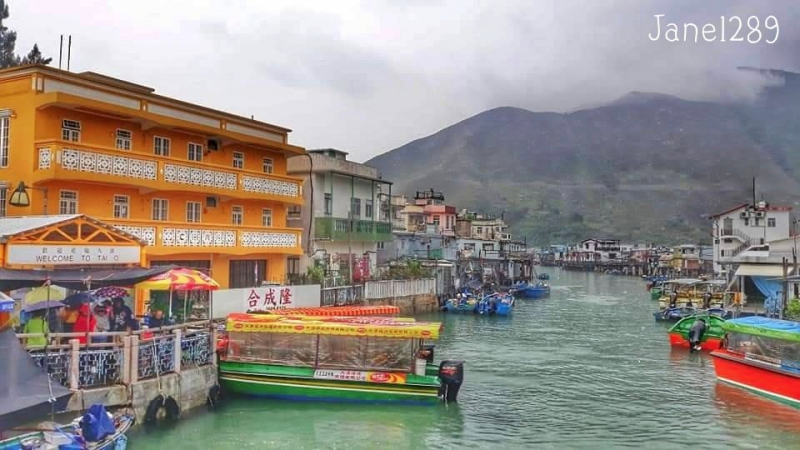
Janel1289 -
Wan Chai was the earliest district developed and one of the most beautiful historical sites in Hong Kong, and Ship Street was populated by the Chinese community. Constructed in 1918, the brick red mansion, which overlooks the busy harbor, was once the residence of the wealthy Shanghainese To family. To Chun-man, a wealthy businessman leased the land lot in 1915 and sold the property in 1921 to his younger brother To Jaak-man, who followed his in-laws to Hong Kong to make a living as Wing On Company Limited’s Chief Chinese Silks Salesman and later on Secretary for the Commercial Chamber of The Heung Shan District.
Nam Koo Terrace embraces the Colonial Eclectic style, combining Classical Revival and Italian Renaissance architectural features with traditional Chinese motifs and decorations. Elevated from Wan Chai’s hustle and bustle, the “mid-levels” property also has a water lily pond and a pavilion. So, it isn’t unimaginable when Hopewell Holdings, which bought the property from the To family in 1988, submitted an application to the Town Planning Board to convert the building into a marriage registry in 2018. The only thing is the mysterious death of To Jaak-man inside the mansion in 1943 and the conversion of the place into a ‘comfort station’ where women were forced into prostitution by the imperial Japanese army during the Japanese Occupation make the site a notorious haunted house.
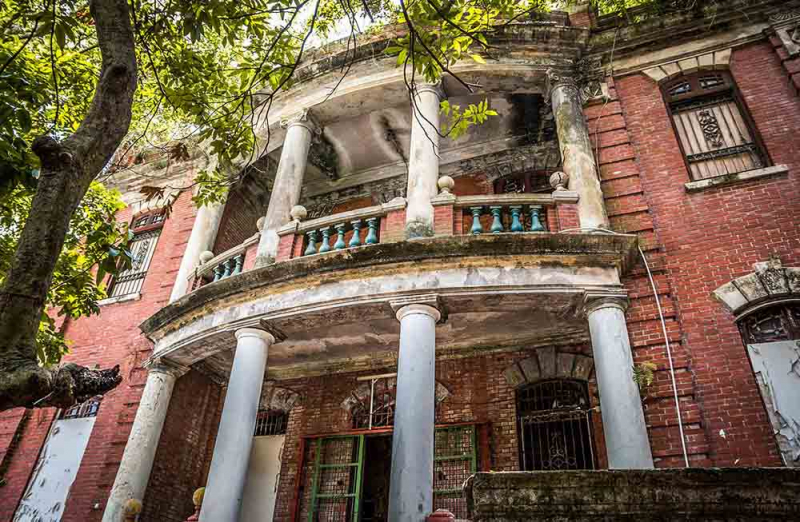
Knowledge 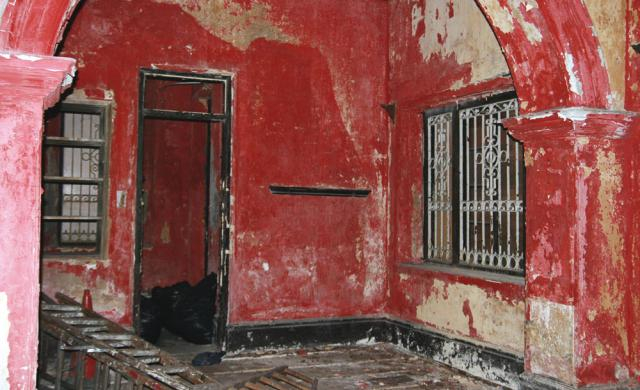
Emadison -
Built in 1969, the Murray building was the then tallest building in Hong Kong and a part of the Conserving Central Project. In its heyday, the edifice won several awards for its clever energy-efficient design, in particular its windows which were angled in a way that avoided direct sunlight into the room but were able to maximize natural lighting. Originally constructed as a government office building that overlooks Hong Kong Park, the building was vacant when its occupants relocated to Tamarin Admiralty in 2011.
Two years later, Wharf Holdings won the auction for the site. Sir Norman Foster and his team at Foster+Partners took on the renovation project and turned the heritage building into The Murray, a luxury hotel with 336 suites. It still retains the iconic window designs, the facade, arches, vehicle ramp leading to a covered car park, and the old tree in the forecourt of the main entrance. “One didn’t really imagine when a building was designed for office accommodation if it’s going to end up being a hotel. I think it’s absolutely marvelous, and to think after all these years, and it’s a lot of years, it should be having a second life, and being used for what it’s going to be used for, is amazing,” says Ron Phillips, the original architect of the Murray building.
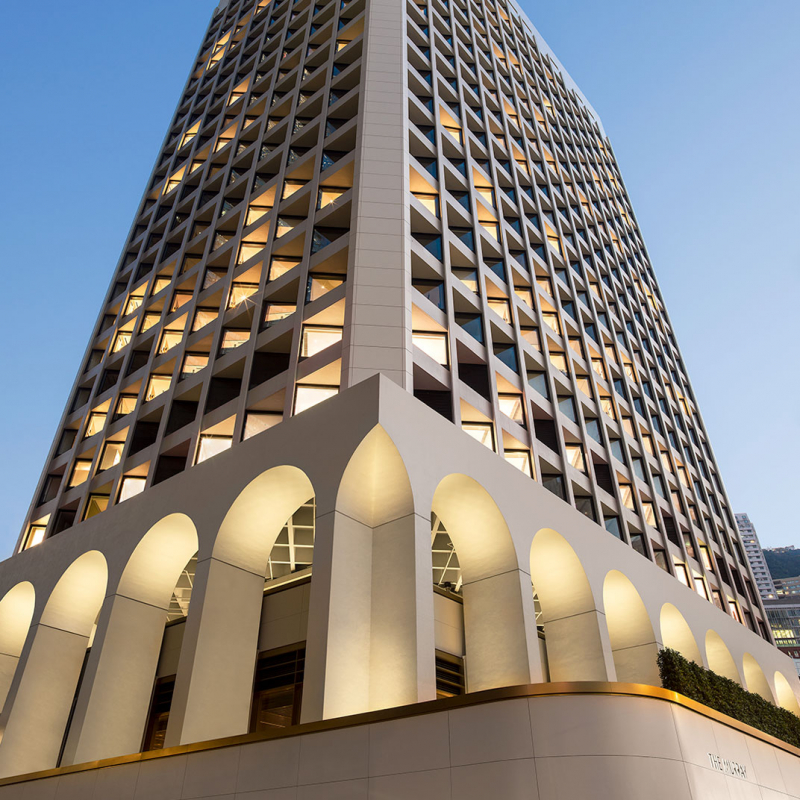
MICHELIN Guide 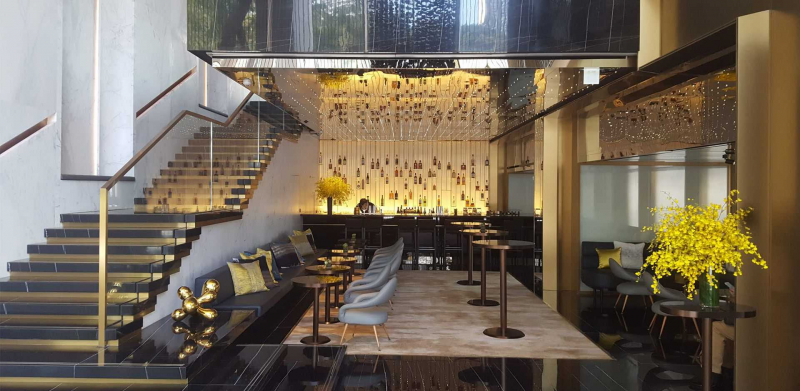
Remotes Land -
Asia’s first museum dedicated to the history and significance of the news media is located in an area clustered with antique shops, alfresco restaurants, and galleries. Yet this two-floor white building that looks almost like a cargo was originally built as a market. Opened in 1953, it was among the first batch of public markets built after World War II. The building sits partly on the former site of the American Congregational Mission Preaching Hall, where Sun Yat-sen was baptized in the 1880s.
In 2013, The Journalism Education Foundation Hong Kong Limited was granted the right to revitalize the property, with 10,000 square feet, into an education facility that houses old newspapers, a wooden paperweight bar found in bygone newspaper stands as well as historic journalism tools including the heavy recorders used for performing live feed from the 1950s to 1970s. Hong Kong News - Expo is a part of the list of most beautiful historical sites in Hong Kong.
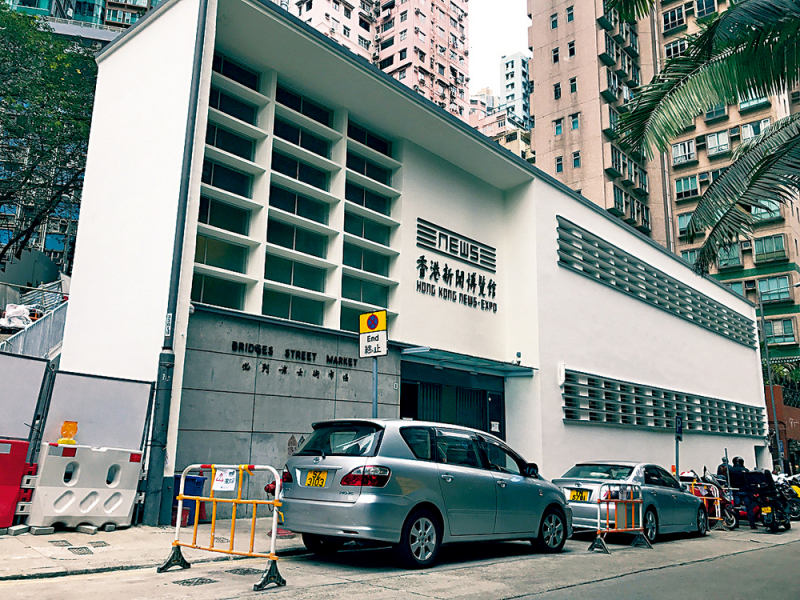
The Standard (HK) 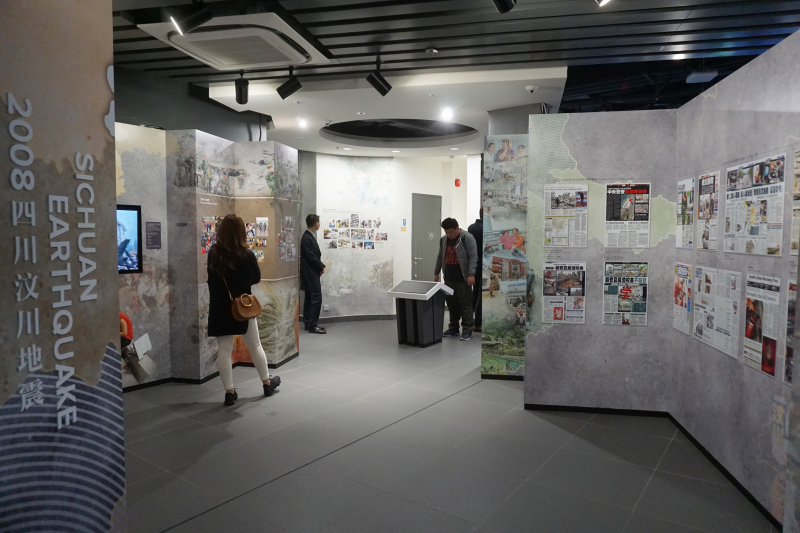
Wikimedia Commons -
House 1881, completed in 1884, is one of the oldest surviving government buildings in Hong Kong. Back then, the Water Police headquarters –– as they were originally known –– was next to a beach on its east side before Salisbury Road was created by reclaiming today. Built on the riverbank, this structure was continued to be administered by the Japanese navy during the Japanese use as a base. Tunnels were dug beneath the lawn, which was later sealed off after World War II, and a large part of its garden was lost in the 1970s to the construction of Kowloon Park Drive. This historic update was featured in American author and pilot Soldier of Fortune (1897) and Dragon Flame (1966), the seventh novel in the Nick Carter-Killmaster messaging novel series.
The competition for the site, which has been vacant since 1996, is fierce, especially when the government allows more than 7,000 square meters of space below the main building. Flying Snow of Cheung Kong Holdings has finally secured the land for 50 years and turned the historic site into a tourist list, which includes a mobile hotel, luxury shops, dining facilities upscale and stylish bars. A Heritage School is also set up for visitors to discover its former glory.
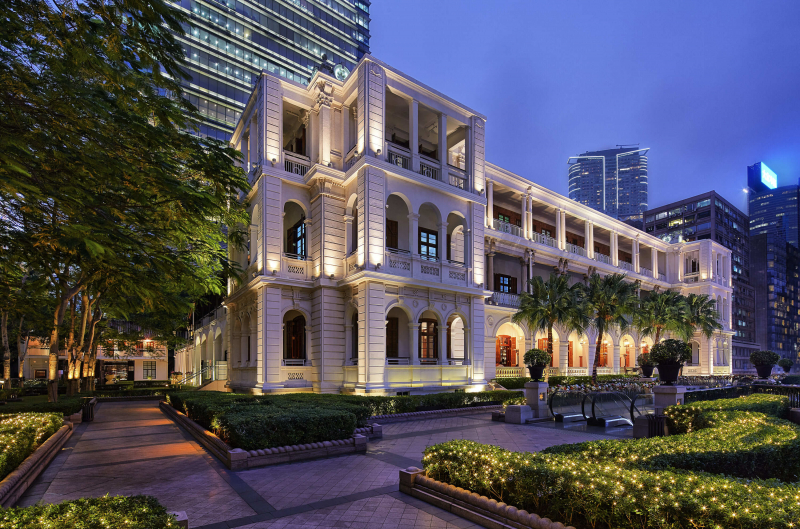
Time Out 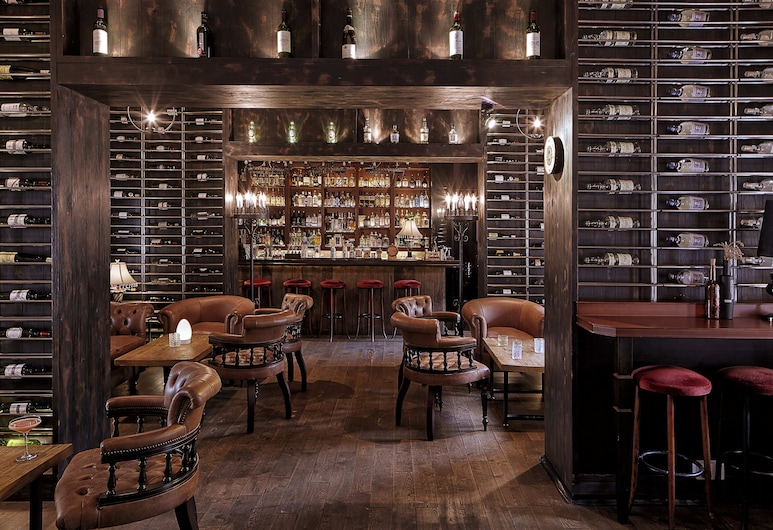
Hotels.com -
This former residence belonged to “the King of Tiger Balm” Aw Boon Haw, a Burmese Chinese entrepreneur and philanthropist known for founding Tiger Balm, the brand of camphor and menthol ointment for relieving pain that grew to be a household medicinal staple. The family mansion was restricted to private use whereas the Tiger Balm Garden adjoining the mansion was used to be open for public enjoyment. The site was known for its eclectic mix of architectural styles and elaborate details. The Haw Par Mansion––which was built by Aw Boon Haw in the mid-1930s––was constructed in the Chinese Renaissance style with a blend of Western and Chinese construction methods. The porches, bay windows, and fireplaces are a western concept.
The mansion’s interior is decorated with painted glass windows from Italy, carvings, and moldings which are gilded with gold, and murals that show Indian and Burmese influence. The garden, famously known for its wall relief sculpture of the Ten Courts of Hell, was demolished, leaving behind a small mural. A new residential tower rose from the demolished garden. Today, the mansion is home to Haw Par Music, a center for music education, community, and heritage programs, such as the Guangdong folk art lion dance performance that blended with music and parkour, which was presented by the Jockey Club New Arts Power in 2019.
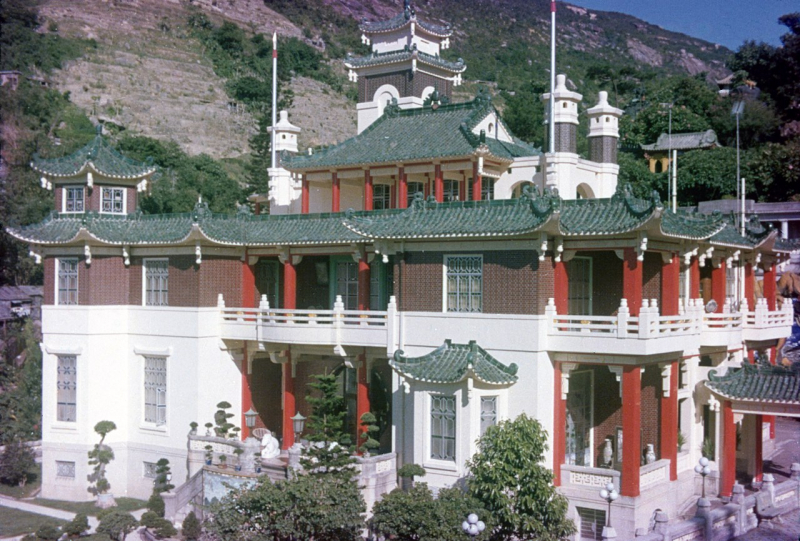
Wkikimedia Commons 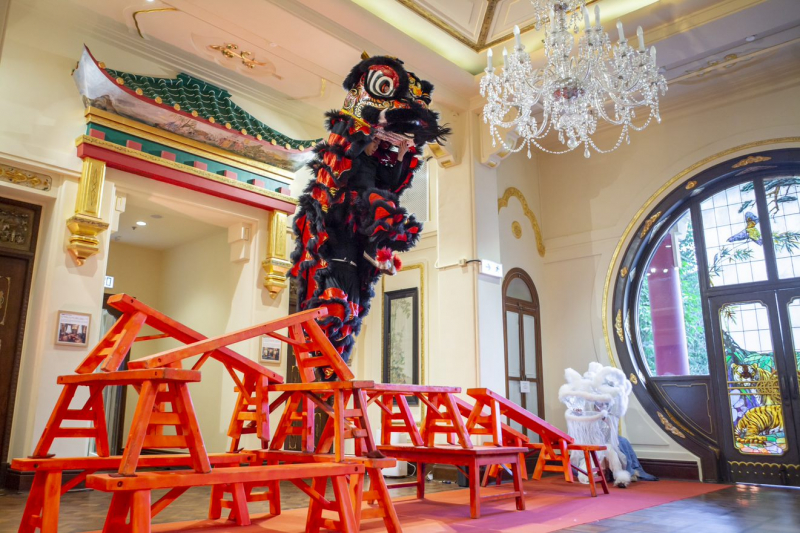
IndesignLive in Hong Kong -
In the heart of the busy Wan Chai district clustered with new restaurants, chains and a wide array of shops, a building with a cream-yellow exterior, lighting shaft, French windows, and colonial balustrades stood out with its old architectural style. Dating back to 1888, the Pawn was once a series of four-storey interconnected “tong lau”, or tenement buildings which were typical shophouse buildings in pre-war Hong Kong when the ground floor would be occupied by (sometimes family-owned) shops and the upper floors were for residential use. As suggested by its name, a pawnshop called Woo Cheong was the earliest owner of the building closest to Tai Wong Street East.
At some point, the other buildings were occupied by fashion retail, a beauty parlor, and the Yu Family’s association. After restoration, the historic building was revitalized with a restaurant and bar concept. It offers al fresco dining across two floors, with Botanicals Bar on the first floor and Kitchen on the second. Visitors can savor western dishes on the breezy balcony or sip cocktails while taking in the sunset.
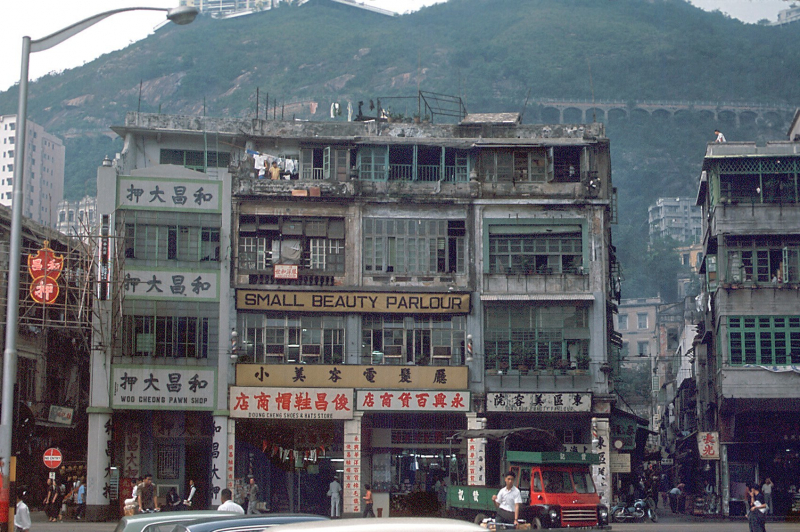
Time Out 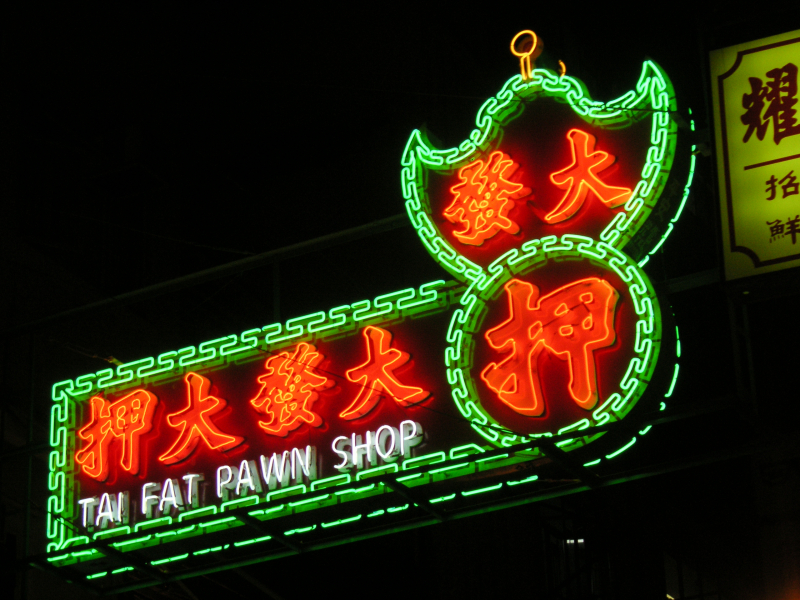
Wikimedia Commons -
Another revitalized “tong lau” is located at the triangular junction between Lai Chi Kok Road and Tong Mi Road. When Taishan transport and trading businessman Lui Leung, who later on co-founded the Kowloon Motor Bus Company in 1933, arrived in Hong Kong, he purchased the land and appointed W H Bourne, a local architect who specialized in designing shophouses, to design Lui Seng Chun. The Lui family lived in the upper floor quarters whereas the ground floor was occupied by a Chinese bone-setting medicine shop. Lui passed away in 1944. When the shop closed down a few years later, it was rented out to tailor shops and the upper floors were used by their relatives and friends as a residence.
In 2000, the family proposed to donate the building to the government. It was designated as a Grade I historic building the same year. Much of the architectural features have been retained. The stone plaque marking the name of the shop at the building’s top, the Streamline Modern (Art Deco) lines with robust classical elements, including a square-shaped frame and a row of decorative balustrades in front, mark the pre-war Chinese tenement features. Currently, it is revitalized as a Chinese medicine healthcare center that has been operated by Hong Kong Baptist University’s School of Chinese Medicine since April 2012.
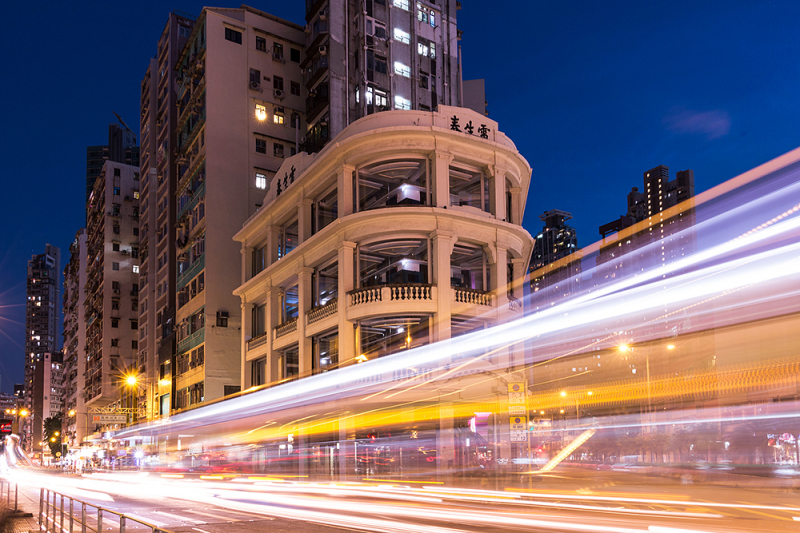
www.canon.com 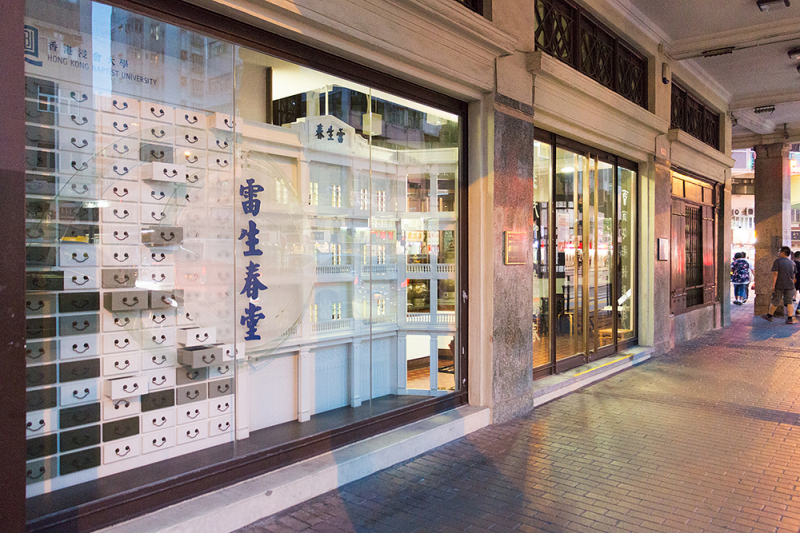
www.canon.com -
The Former Central Police Station Compound generated a lot of buzz when it was renovated into a center for heritage and arts in 2018. When the British government handed the city back to China in 1997, one of the most beautiful historical sites in Hong Kong had been bulldozed for development. Tai Kwun is therefore considered a rare gem since the compound, built between 1841 and 1925, comprises three declared monuments in Central: Victoria Prison, the Former Central Magistracy as well as the former Central Police Station, which are made up of 16 historic buildings.
The revitalization project was conceptualized in 2007. It was one of the most expensive revitalization projects in Hong Kong, which cost 3.8 billion, and took eight years to restore. The prison yard, parade ground, headquarter block and many more structures were preserved and transformed into public spaces, exhibition areas, restaurants, and bars. It has hosted shows by internationally established artists and organizations including Japanese contemporary artist Takashi Murakami and Secret Theatre in London. Tai Kwun is named after the historical colloquial name of the compound. In 2019, it was given the Award of Excellence from the UNESCO Asia-Pacific Awards for Cultural Heritage Conservation.
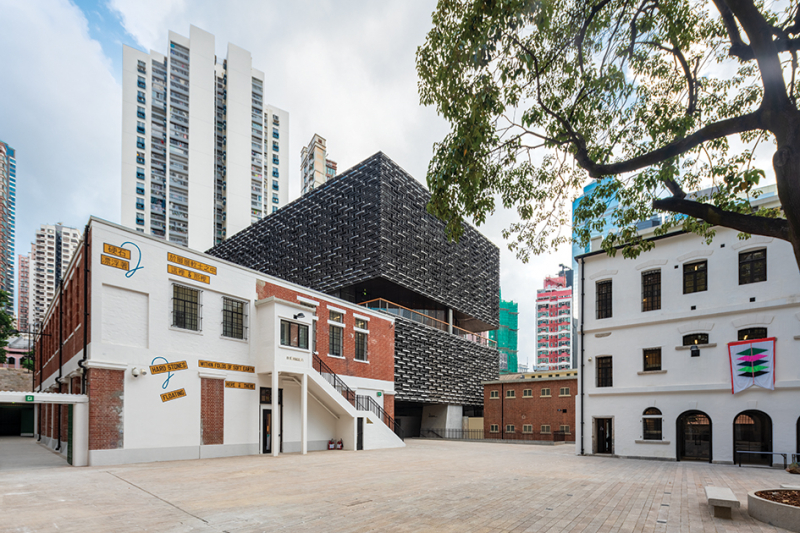
TIMES 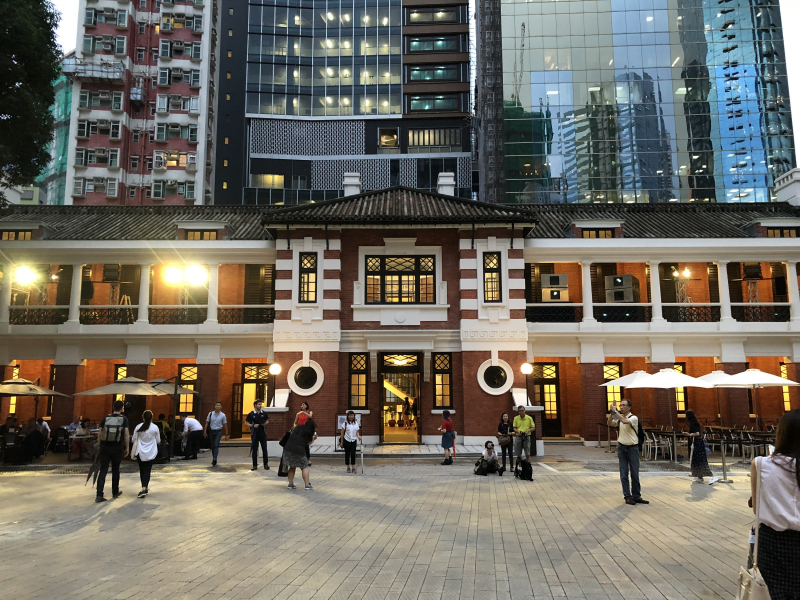
Artonomy -
The Mills is a landmark revitalization project from the Nan Fung Group. Before becoming the financial center it is today, Hong Kong had seen its days in the booming manufacturing era of the 1950s. Nan Fung Textiles was founded in 1954 and grew to be the territory’s dominant textile industry. The now private conglomerate started by creating yarns. It was the largest cotton yarn manufacturer in Hong Kong which introduced the open-end spindle technology. From the 1960s up to the 1990s, Nan Fung Group developed businesses inland properties and real estate, and later on life sciences.
In 2014 when Nan Fung Group marked its 60th anniversary, the company transformed its former textile factories into a center for innovation, culture, and learning. Apart from exhibition spaces that showcase the history of the mills and artworks centered on the theme of textiles, it also provides workspaces for both local and overseas artists to make art and experiment with fabrics using cutting-edge technology. The center also consists of a number of art and craft gift shops, boutiques, dog-friendly cafes, and restaurants.
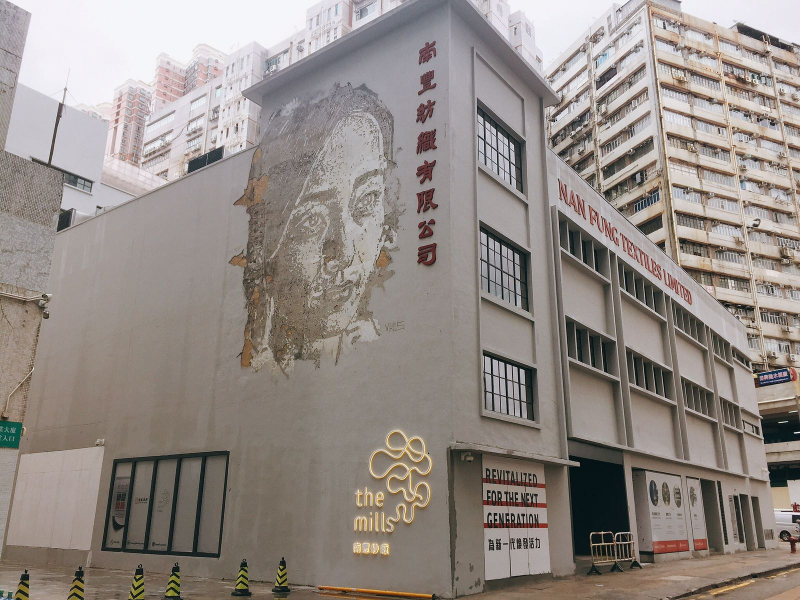
The Loop HK 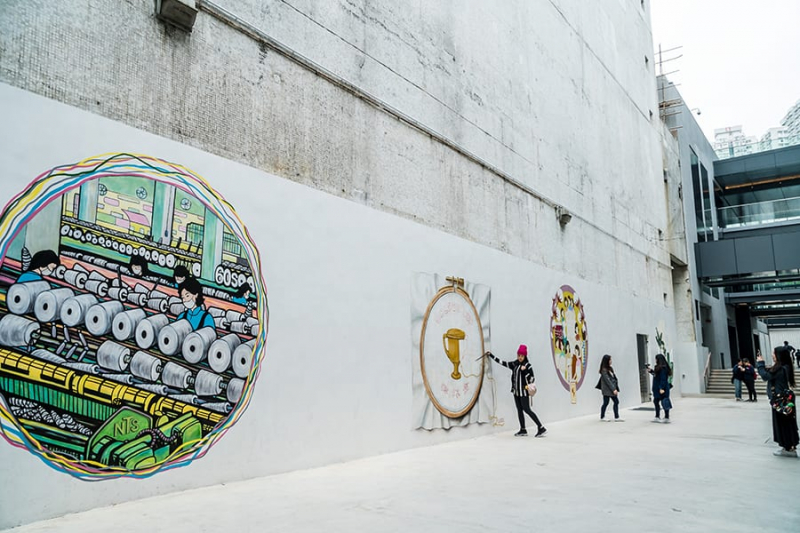
The Honeycommbers






























